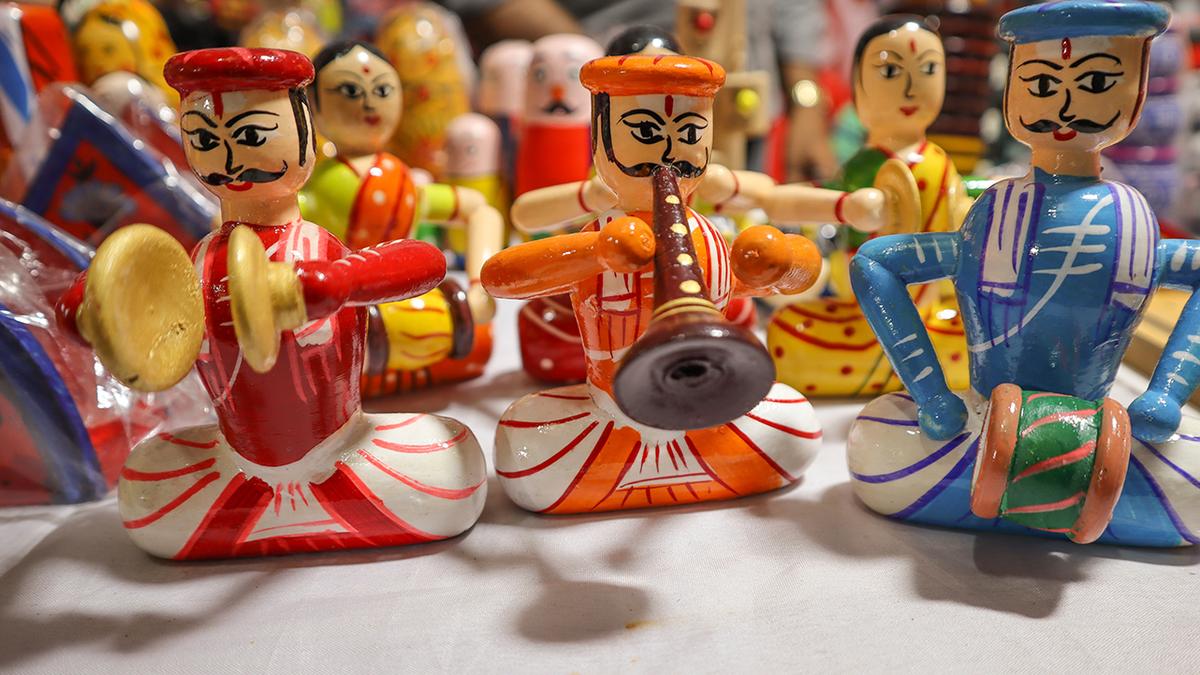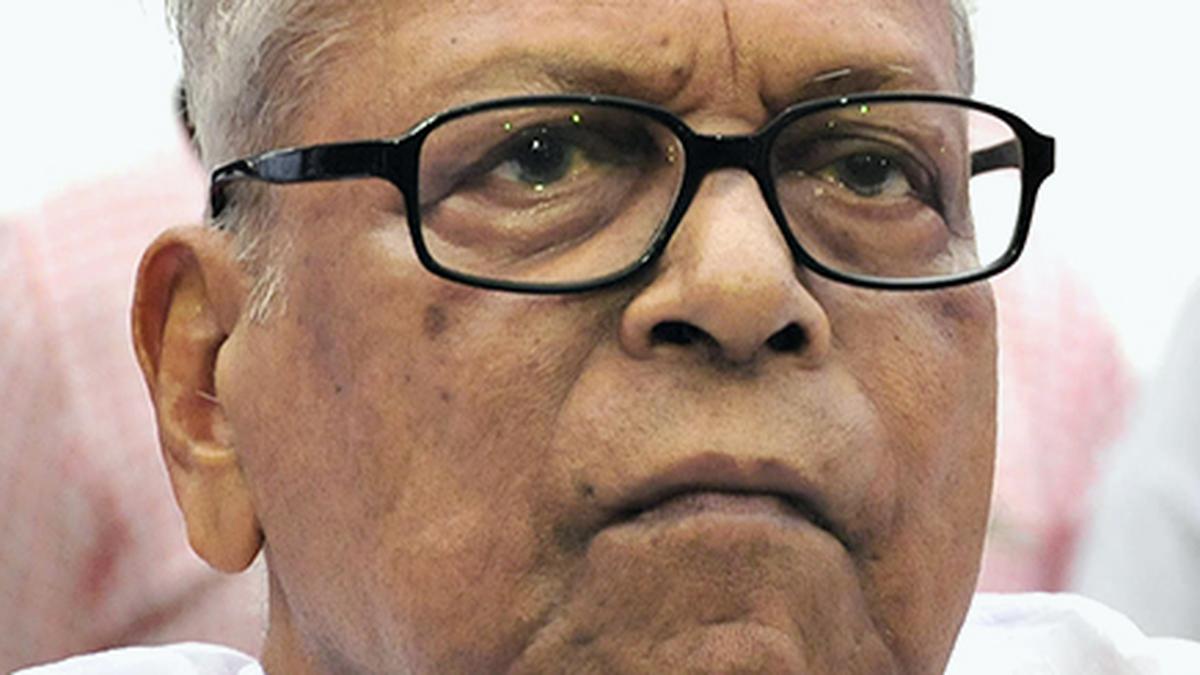Now Reading: Karnataka Artisans Navigate Challenges Without Middlemen
-
01
Karnataka Artisans Navigate Challenges Without Middlemen
Karnataka Artisans Navigate Challenges Without Middlemen

Quick Summary
- Rise in demand: Ther is increased interest in handcrafted home decor items like brassware, wooden idols, handmade lamps, adn rugs marketed under minimalist aesthetics.
- Challenges for artisans:
– Middlemen inflate prices; eliminating intermediaries ensures fair payment.
– Artisans struggle to meet consumer expectations for handmade finishes at mass production rates.
- Modern adaptations:
– National Institutions like NID/NIFT aid in reinvention of conventional crafts into modern utilities (e.g., educational toys and home decor).
– Channapatna craftsmen now cater to international markets with innovative designs beyond toys.
- Economic concerns:
– Traditional craftsmanship is financially strained despite subsidies such as low-cost housing provided by KSHDC.
– Rural artisans often face financial disparity and lack funds to preserve heritage work effectively.
- Shift in focus: Trends prioritize aesthetics over cultural significance; products and practices with rich heritage risk fading away under commercial pressure.
Indian Opinion Analysis
India’s handicraft sector blends deep-rooted cultural traditions with current market demands. The surge in popularity of artisanal home decor has created opportunities for craftsmen but also exposed systemic challenges in fair pricing, intermediary control, and sustainable practices. initiatives by bodies like the KSHDC alongside grassroots innovations play an essential role in keeping these crafts relevant within economic parameters.
Though,as urban consumers gravitate towards ‘minimalist aesthetics’ or branded sustainability labels without fully understanding the origin or complexity of handcrafted goods,there arises the risk of oversimplifying centuries-old traditions. Policymakers could consider creating robust frameworks to ensure artisans benefit equitably while promoting eco-pleasant models that truly reflect sustainability principles. Balancing cultural preservation with market innovation remains crucial for India’s evolving export-strengthened craft economy.
Read more: Source























